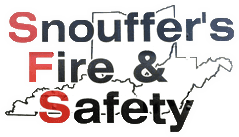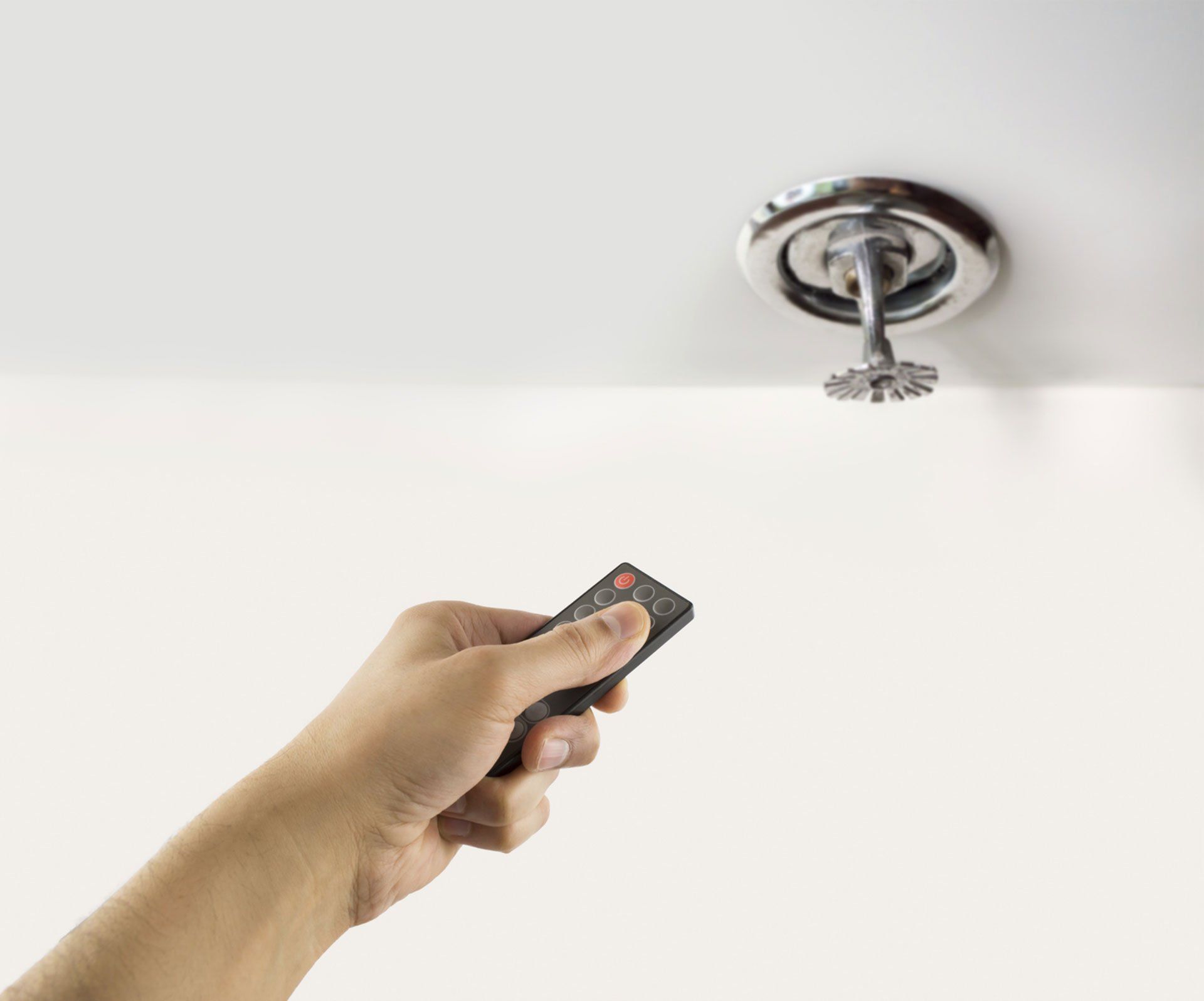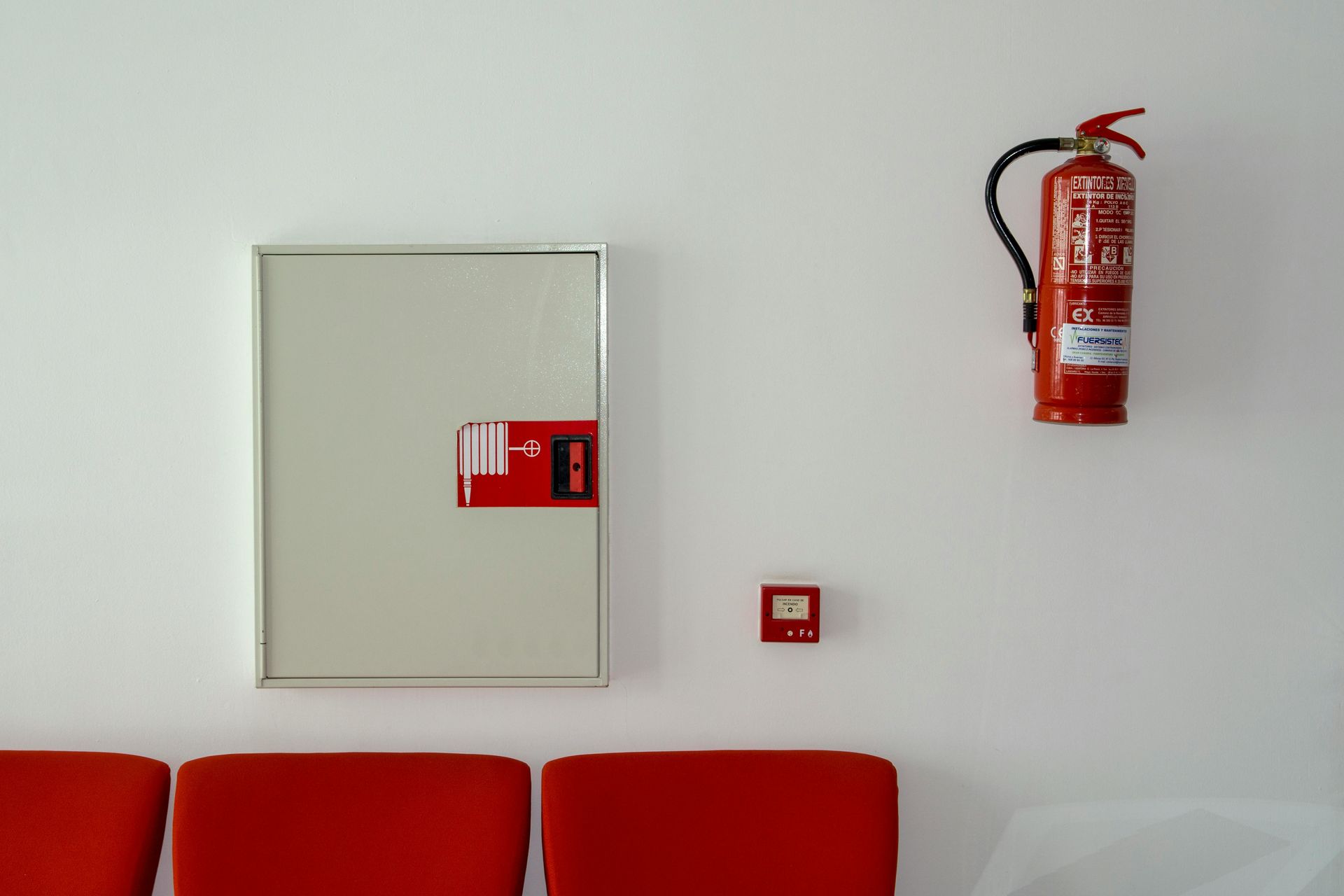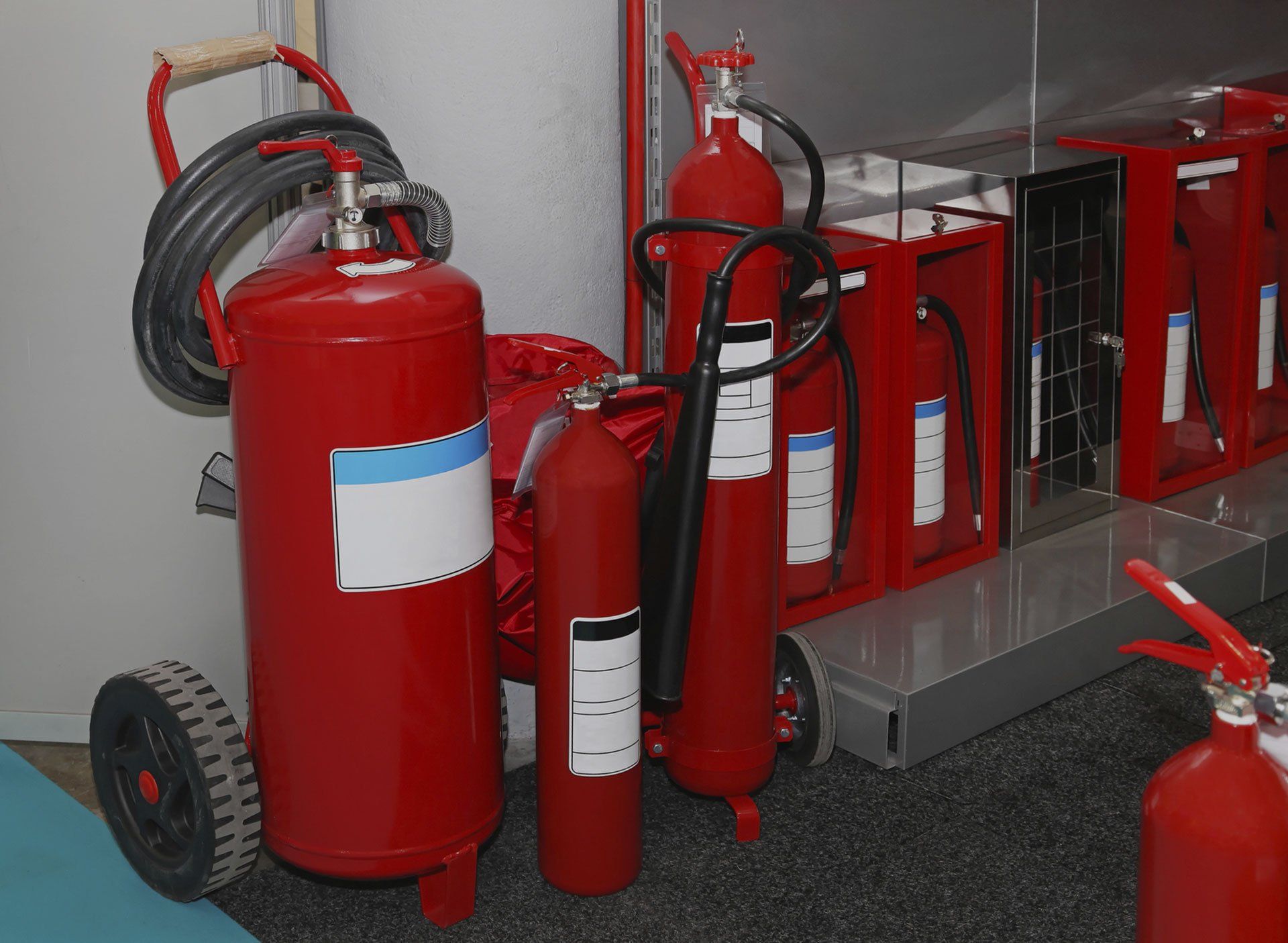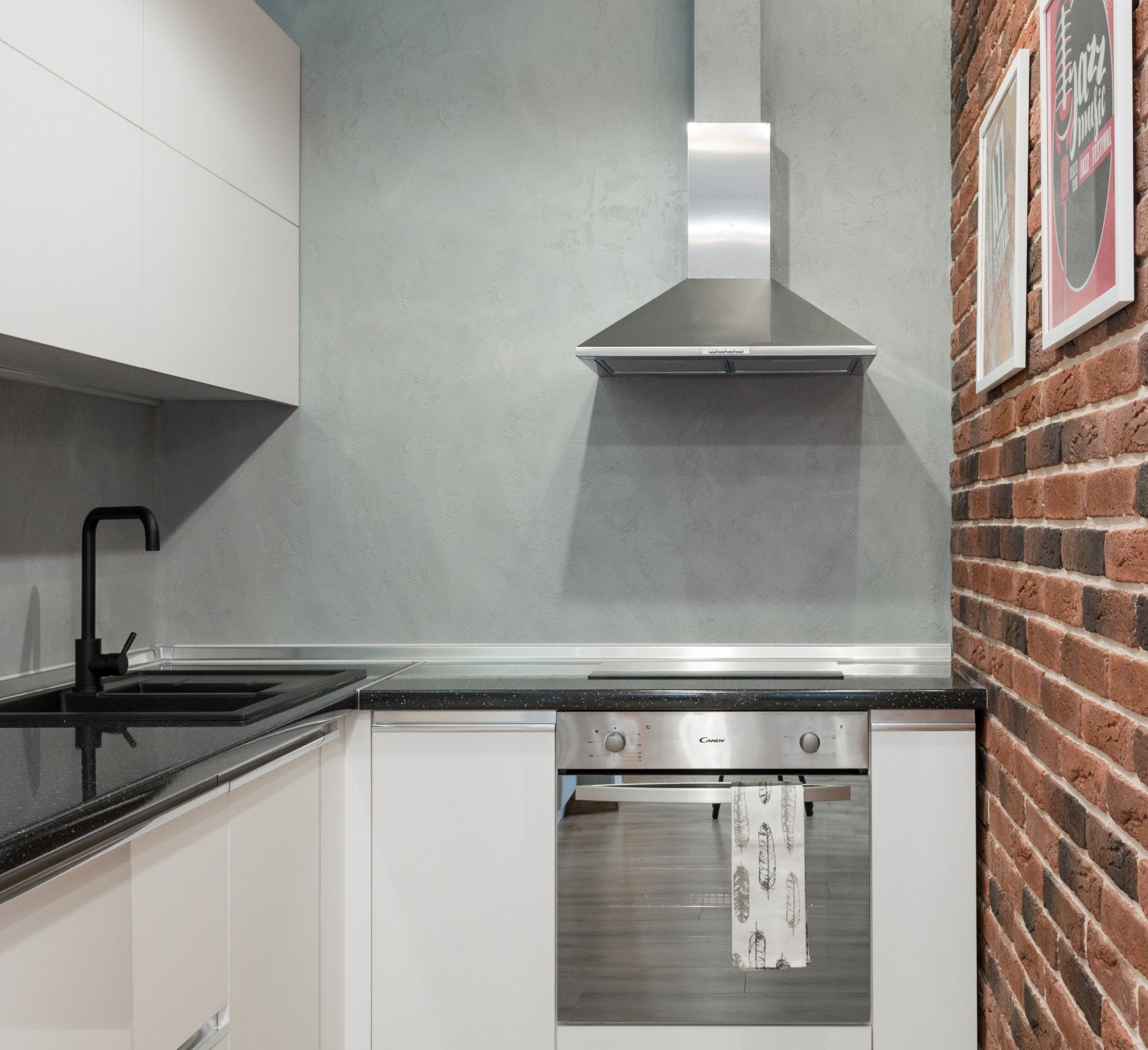What Are the Most Commonly Used Types of Fire Suppression Systems?
Most Common Fire Suppression Systems for Your Property
Protecting your property, assets, and most importantly, the people within it, is a top priority for any business owner or facility manager. While smoke detectors and fire alarms provide crucial early warnings, a fire suppression system is the active defense mechanism that can control or extinguish a fire before it causes catastrophic damage. Understanding the different types available is the first step toward implementing the right protection for your specific environment.
These systems are not a one-size-fits-all solution. The best choice depends on the unique risks and assets of your facility, from a commercial kitchen to a data center. Take a look at the most common types of fire suppression systems, how they work, and where they are most effective. This will help you make an informed decision to safeguard your premises.
Water-Based Fire Suppression Systems
When people think of fire suppression, the classic overhead sprinkler system is often the first thing that comes to mind. Water-based systems are the most widely used fire protection solution due to their effectiveness, reliability, and cost-efficiency.
Automatic sprinkler systems consist of a network of pipes filled with water under pressure. Individual sprinkler heads are equipped with a heat-sensitive element, such as a glass bulb filled with a glycerin-based liquid. When a fire raises the ambient temperature to a specific point (typically between 135°F and 175°F), the liquid in the bulb expands, breaking the glass. This action opens the sprinkler head, releasing water directly over the fire's source. It’s a common misconception that all sprinklers activate at once; in reality, only the heads directly affected by the heat will deploy.
Water-based fire suppression systems are commonly found in places like office buildings, schools, retail stores, warehouses, and manufacturing facilities. They are highly effective at controlling common combustible fires by using a readily available extinguishing agent, making this application relatively inexpensive to install and maintain.
Chemical-Based Fire Suppression Systems
In environments where water could cause as much damage as the fire itself, chemical-based systems offer a powerful alternative. These systems use either dry or wet chemical agents to suppress fires quickly and efficiently.
Wet chemical systems are the standard for modern commercial kitchens. They are specifically designed to combat the high-temperature grease and oil fires common in cooking environments. When activated, nozzles discharge a fine mist of a potassium-carbonate-based agent. This agent reacts with the hot grease in a process called saponification, creating a thick, soap-like foam layer. This layer cools the surface and smothers the fire, preventing re-ignition. Wet chemical systems are tailor-made for kitchen fire hazards, effectively prevents dangerous grease fire flare-ups, and is easier to clean up than dry chemical agents.
Dry chemical systems are versatile and can tackle a wide range of fire classes, including combustibles, flammable liquids, and electrical. These systems release a cloud of fine chemical powder, such as monoammonium phosphate. The powder works by interrupting the chemical reaction of the fire and smothering the fuel source. They can be deployed through fixed piping and nozzles or in portable fire extinguishers. Dry chemical systems are fast-acting and effective on multiple fire types. They are ideal for areas like paint booths, flammable liquid storage, and industrial settings.
Gas-Based (Clean Agent) Fire Suppression Systems
For protecting high-value, sensitive assets like IT equipment, historical artifacts, or critical records, a clean agent system is the gold standard. These systems use inert gases or chemical agents that extinguish fires without leaving behind any residue, preventing damage to the equipment they are designed to protect.
Clean agent systems release a gas that rapidly reduces the oxygen level in a room to a point where combustion cannot be sustained, or it absorbs heat to interrupt the fire. These systems are designed to flood an entire sealed enclosure within seconds of detection.
Common applications for gas-based fire suppression systems include data centers, server rooms, telecommunication facilities, museums, archives, and medical facilities with MRI or X-ray equipment. Gas-based fire suppression systems leave no residue and are electrically non-conductive and safe for occupied spaces (at correct concentrations). They also provide extremely fast suppression, minimizing business interruption and asset damage.
Foam-Based Fire Suppression Systems
Foam systems are the solution for facilities that handle large quantities of flammable or combustible liquids. They are commonly found in industrial settings where the risk of a large-scale liquid fire is high. These systems mix a foam concentrate with water to create a powerful fire-fighting foam. When discharged, the foam forms a blanket over the surface of a flammable liquid. This blanket serves three purposes: it smothers the fire by cutting off its oxygen supply, it cools the fuel, and it suppresses the release of flammable vapors that could otherwise re-ignite.
Applications for foam-based fire suppression systems include aircraft hangars, fuel storage facilities, refineries, shipping ports, and warehouses storing flammable liquids. They are excellent for extinguishing large flammable liquid fires, preventing re-ignition by securing flammable vapors, and covering large areas effectively.
We'll Help You Choose the Right System for Your Needs
Contact Snouffer's Fire & Safety today for a professional assessment and expert advice on protecting what matters most. Selecting the correct fire suppression system is a critical decision that directly impacts the safety of your facility and its occupants. Each system offers distinct advantages for specific hazards. A professional evaluation can identify your unique risks and ensure you install a solution that provides compliant and effective protection.
Don’t leave the safety of your property to chance. The experts at Snouffer's Fire & Safety can help you navigate these options. We provide comprehensive consultation, design, and installation services for all types of fire suppression systems. Contact us for help with fire suppression in Athens, OH; Parkersburg, WV; and the surrounding areas.
